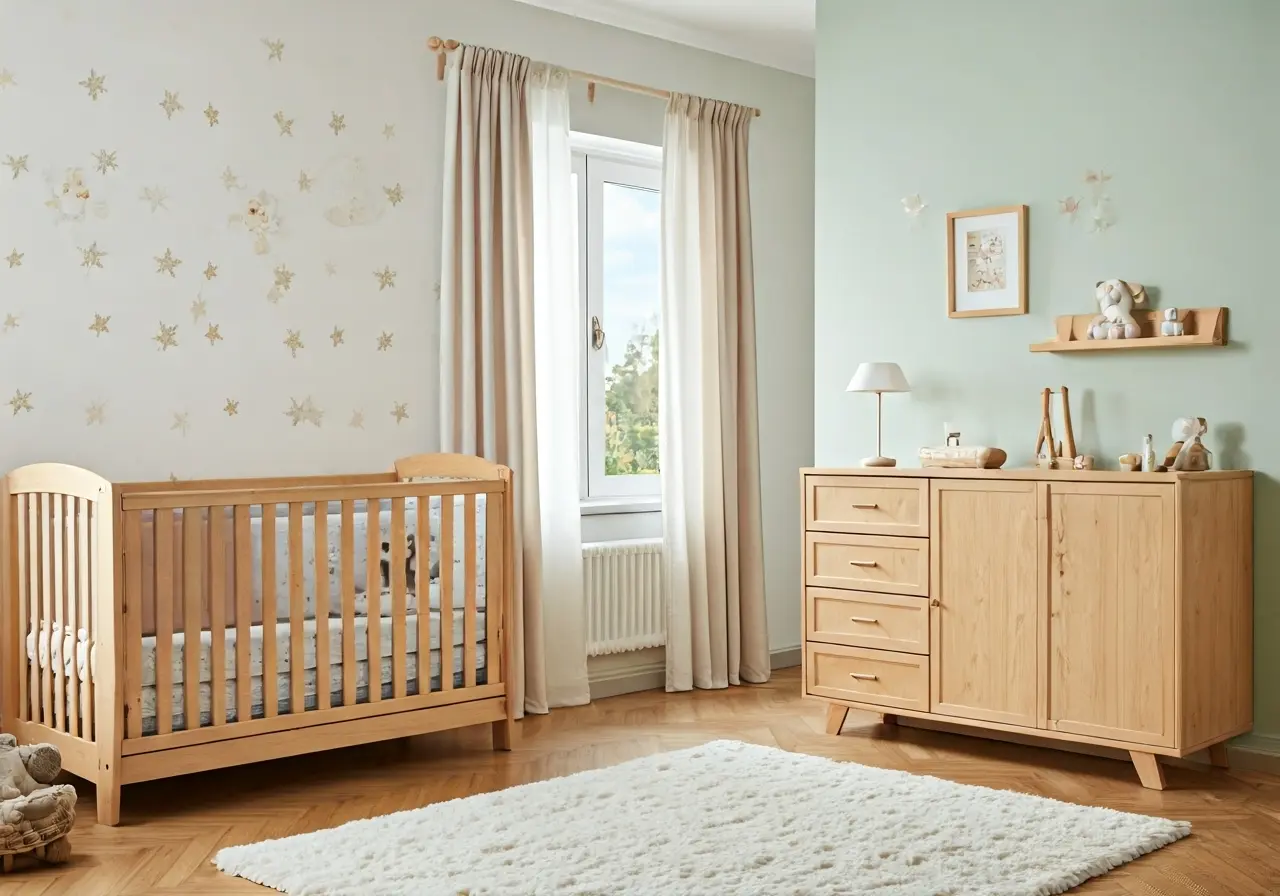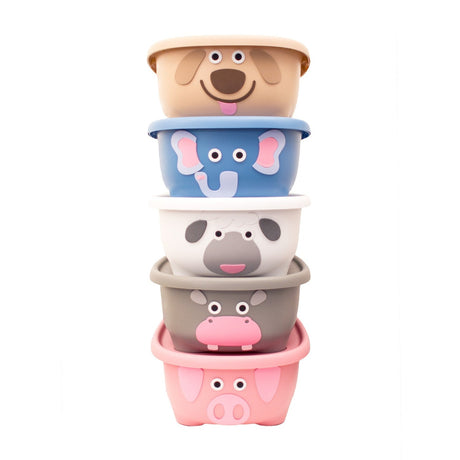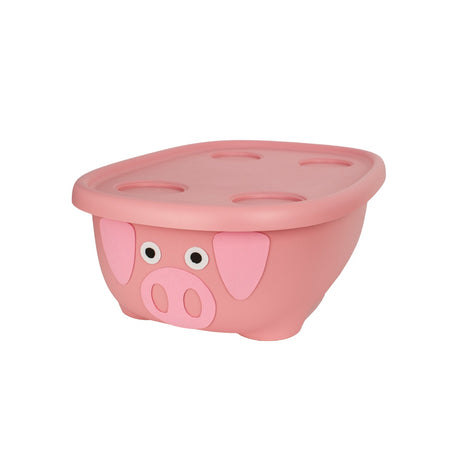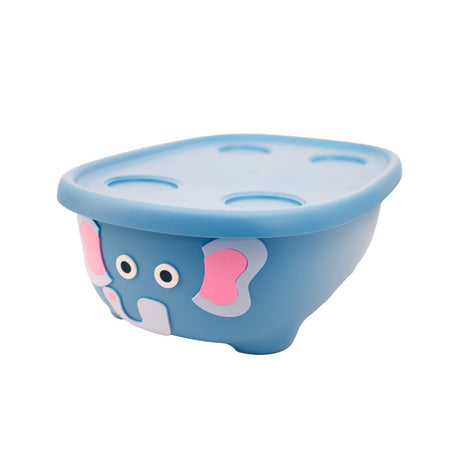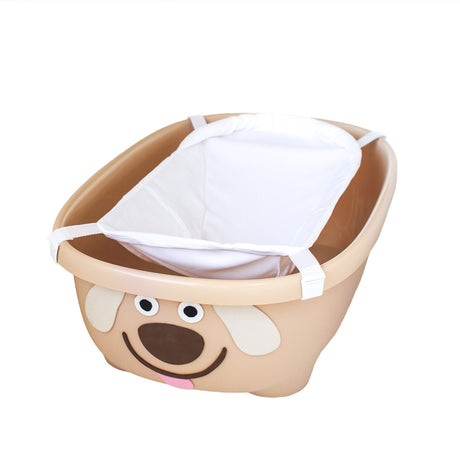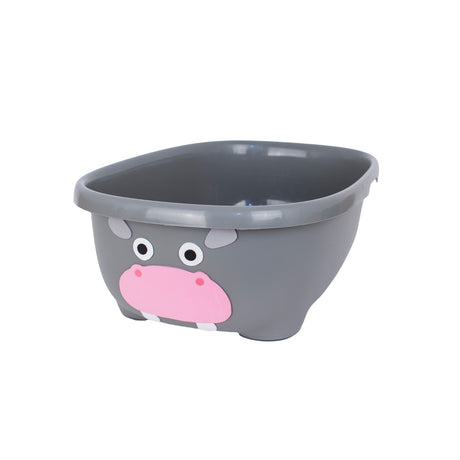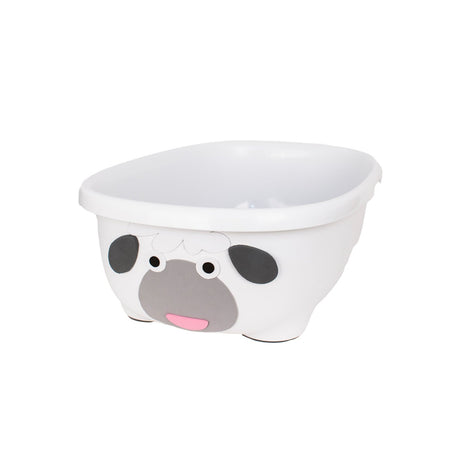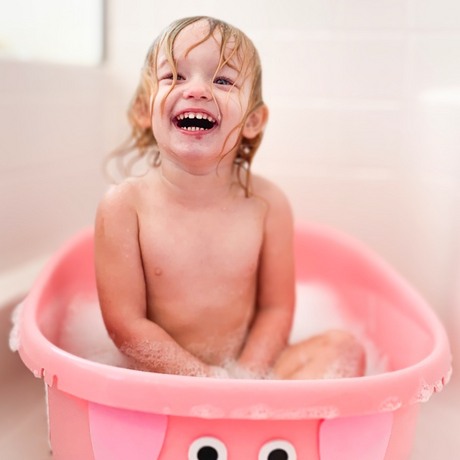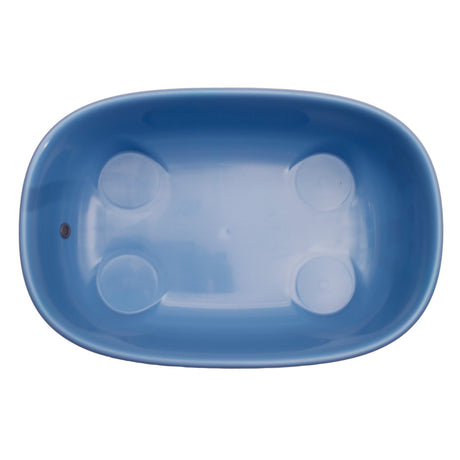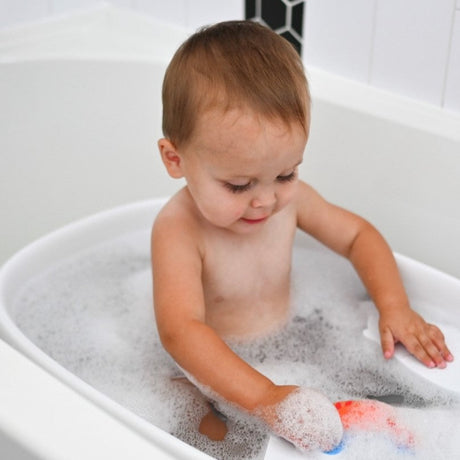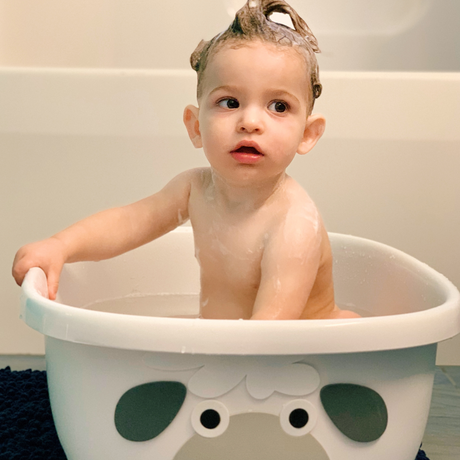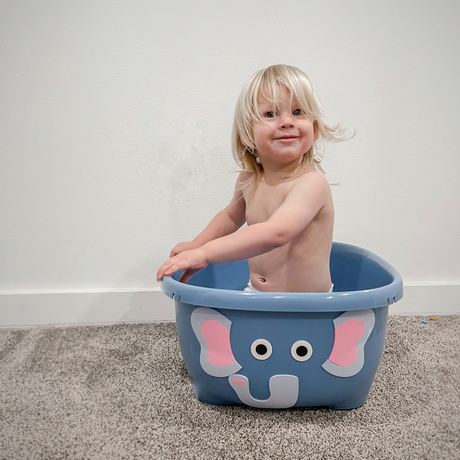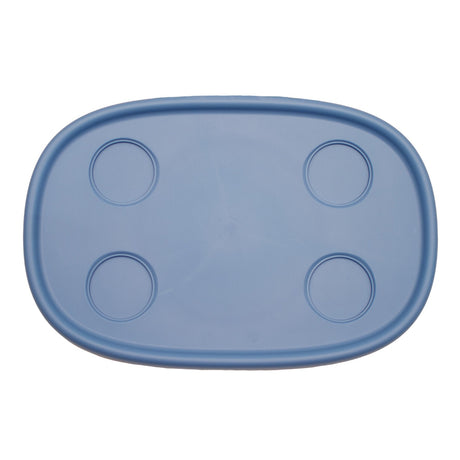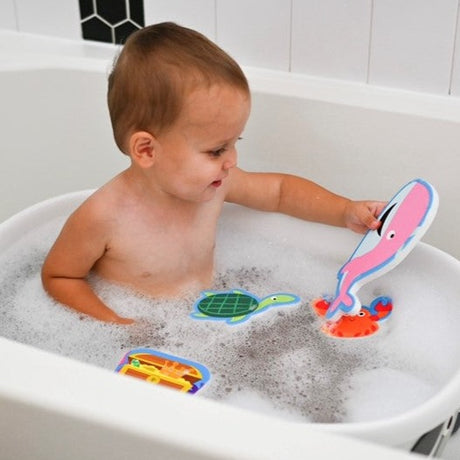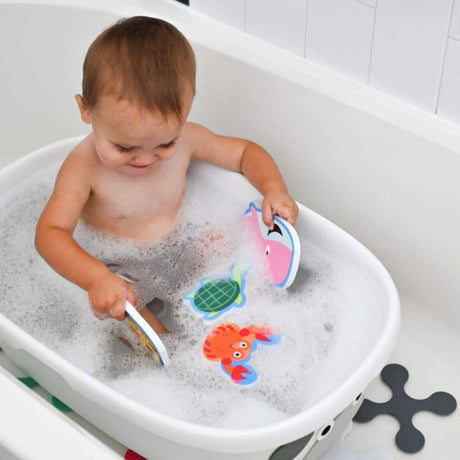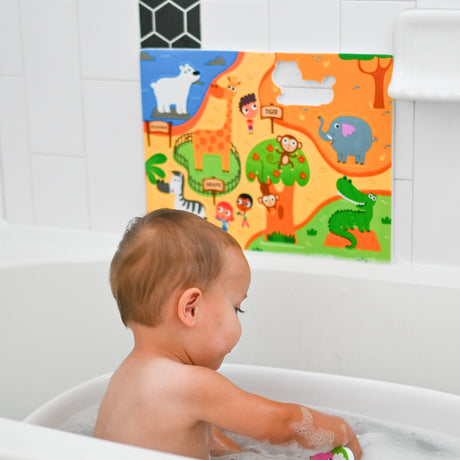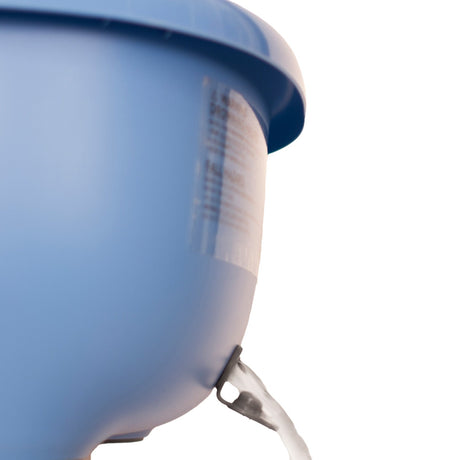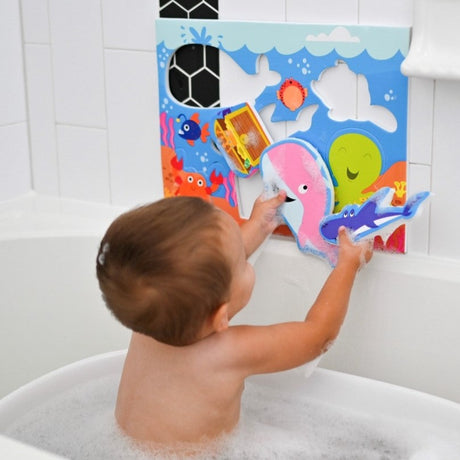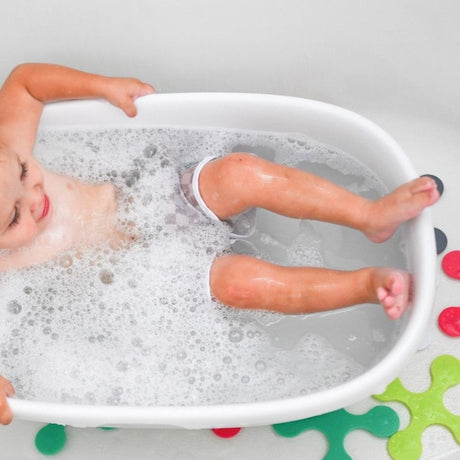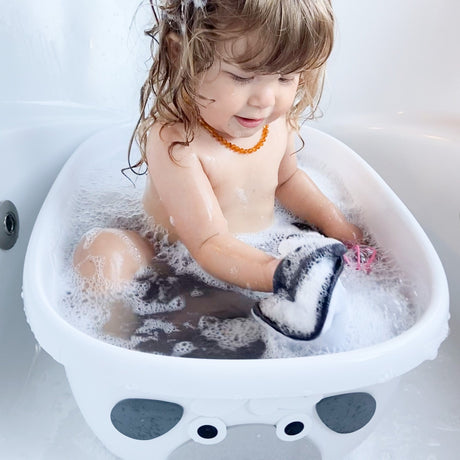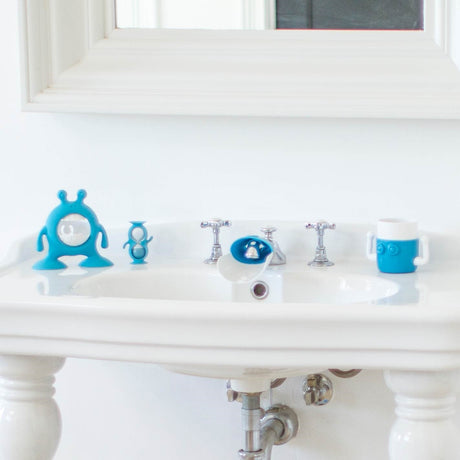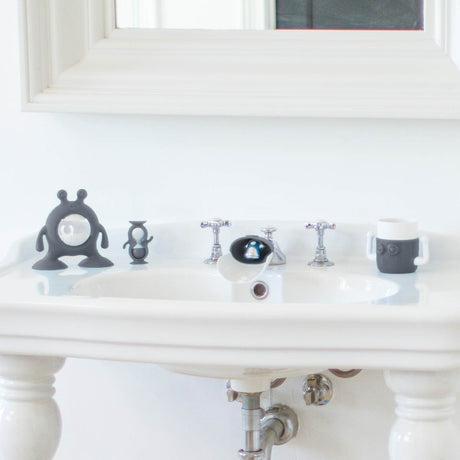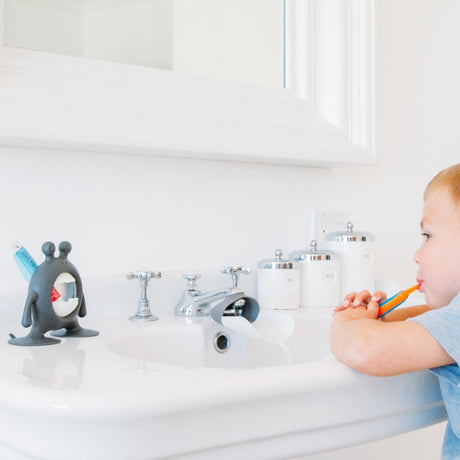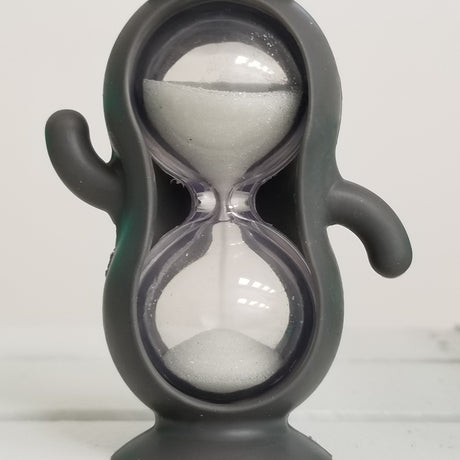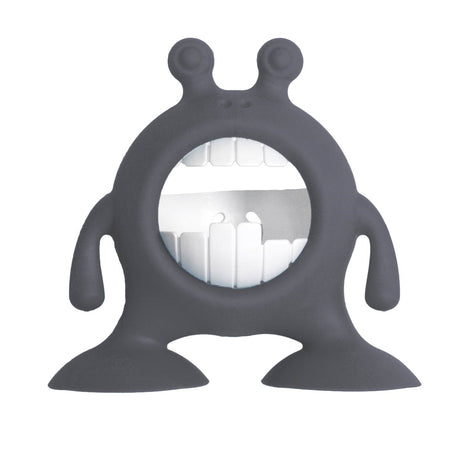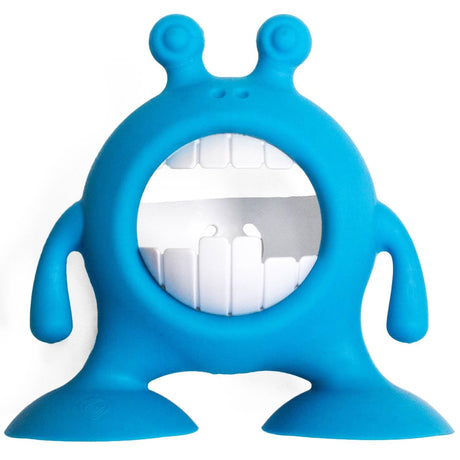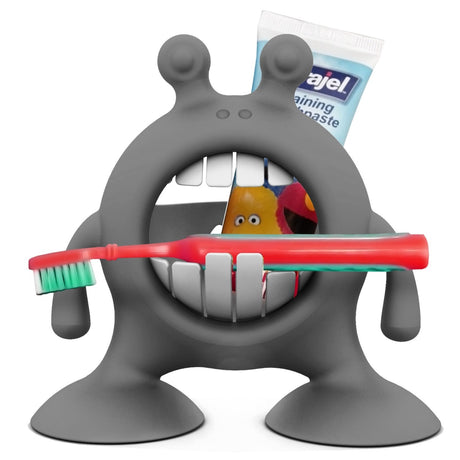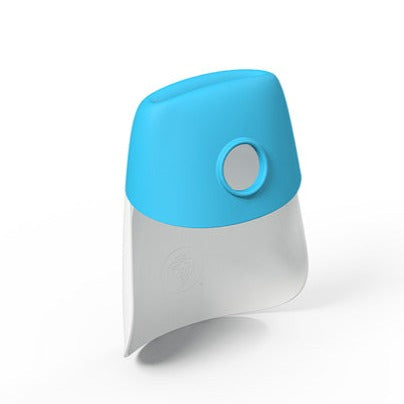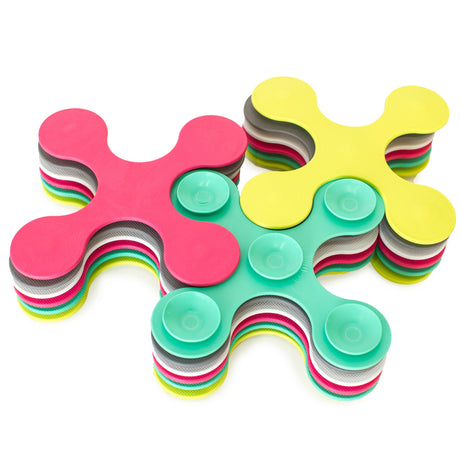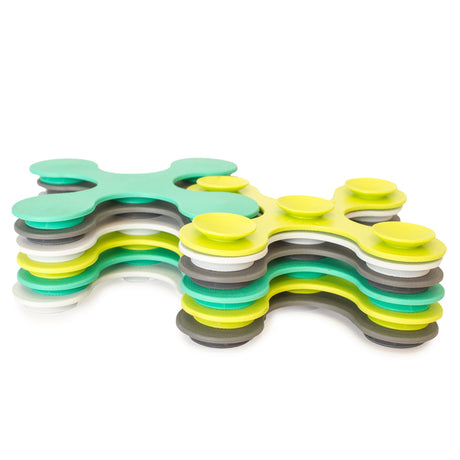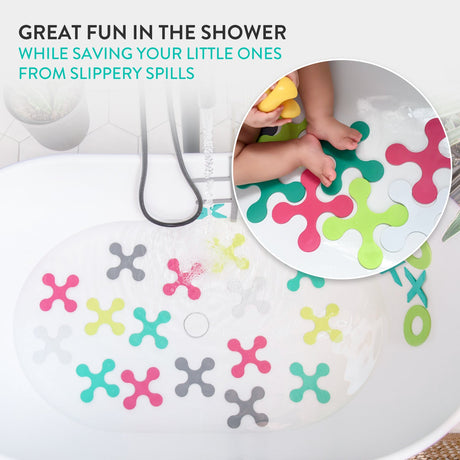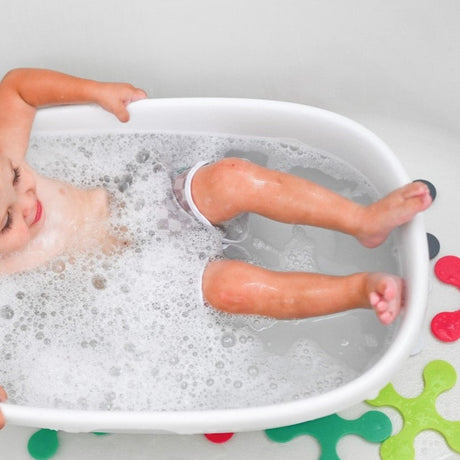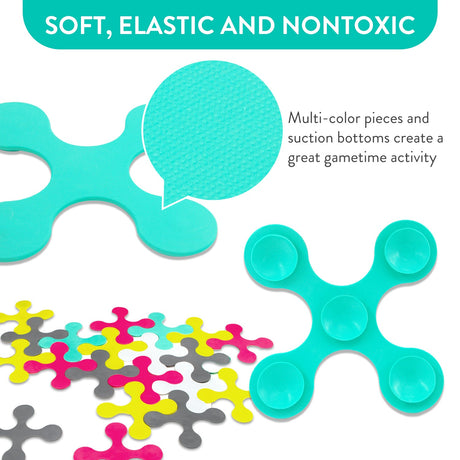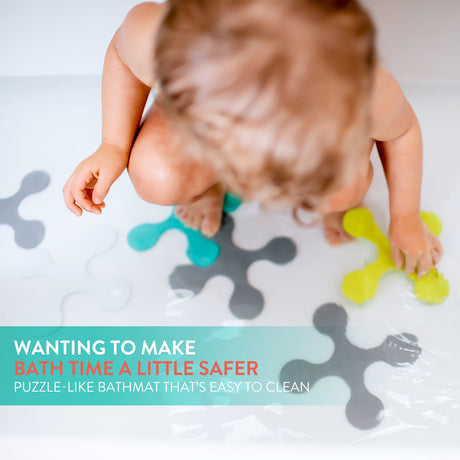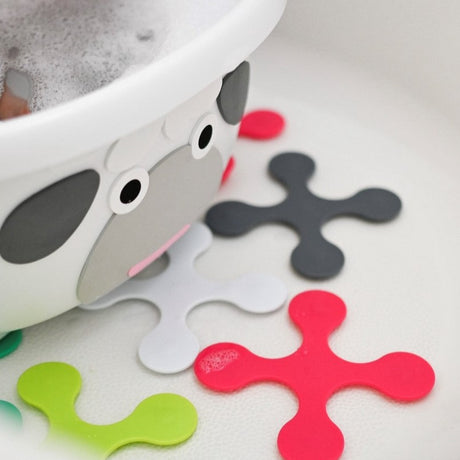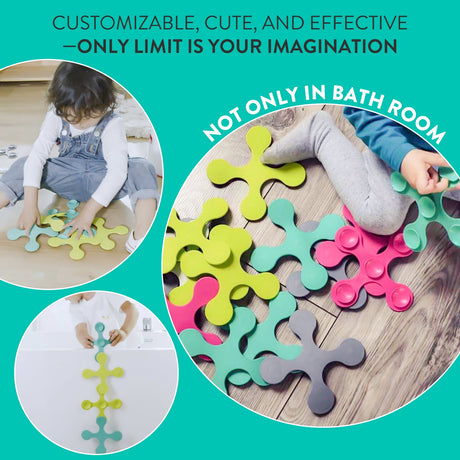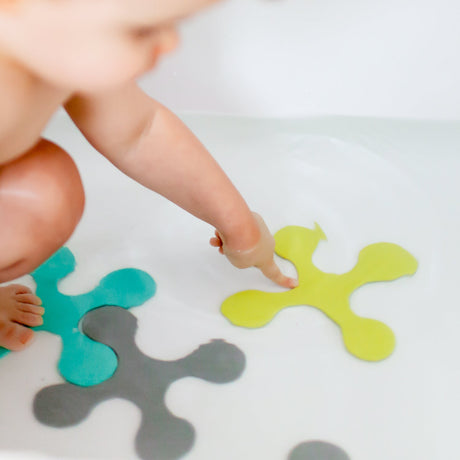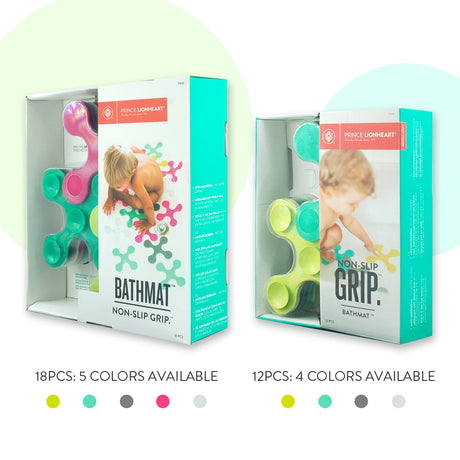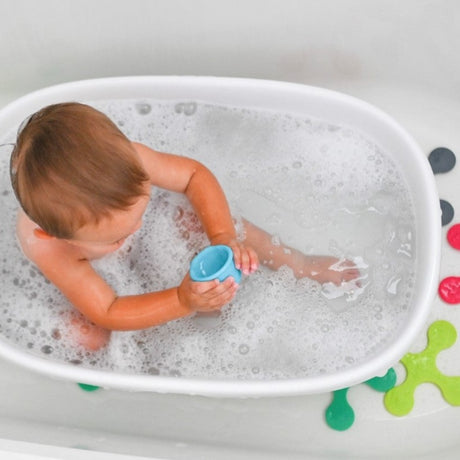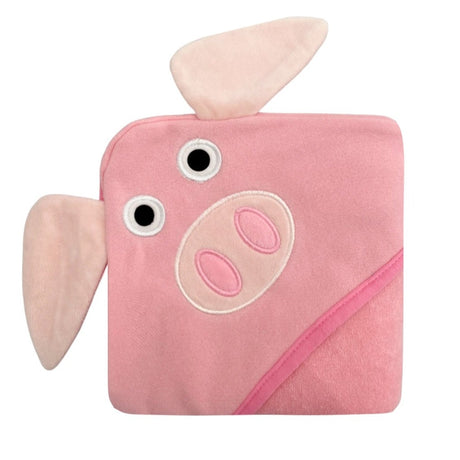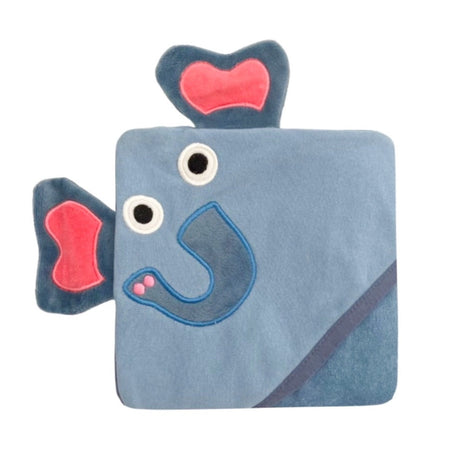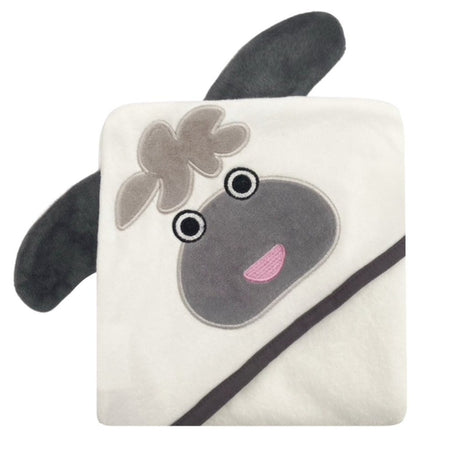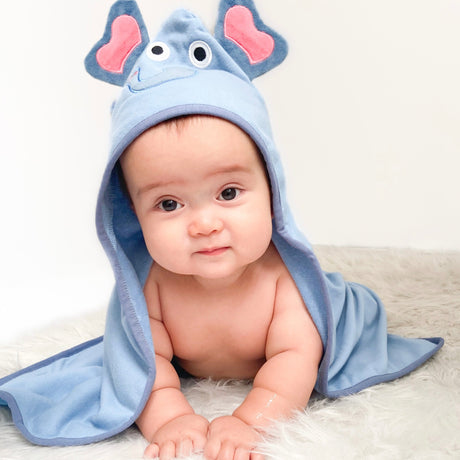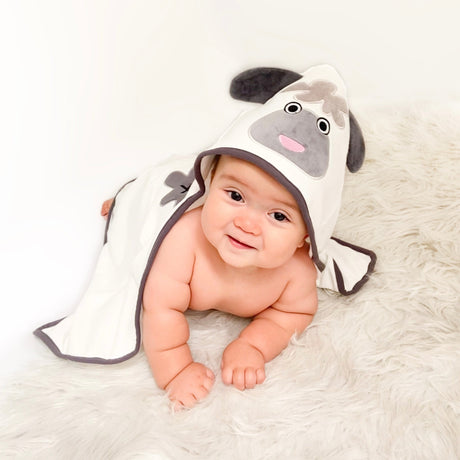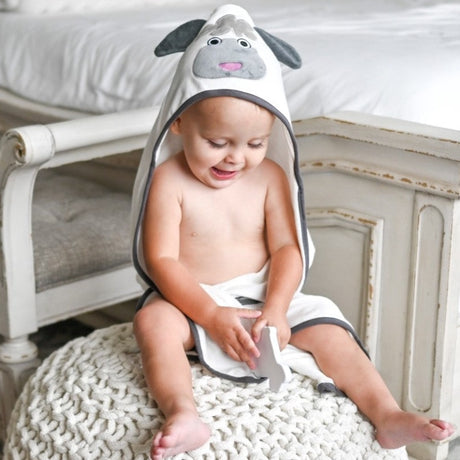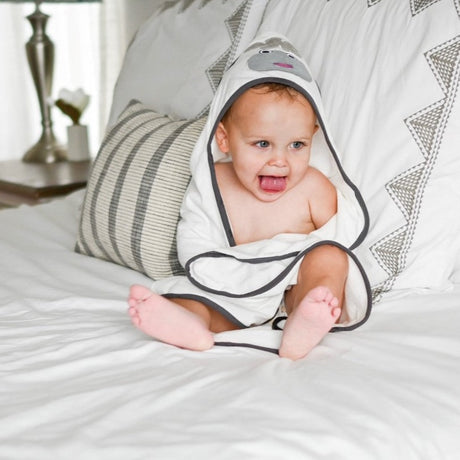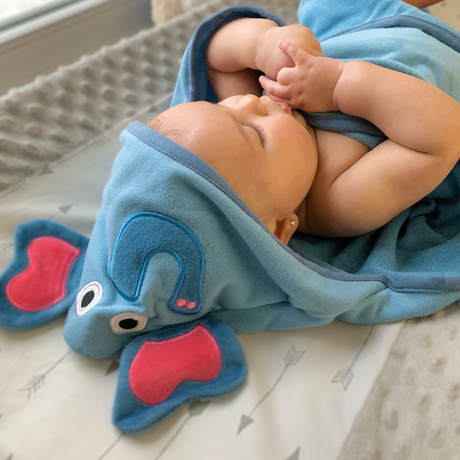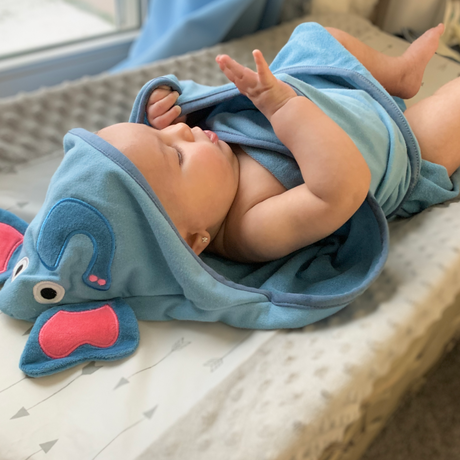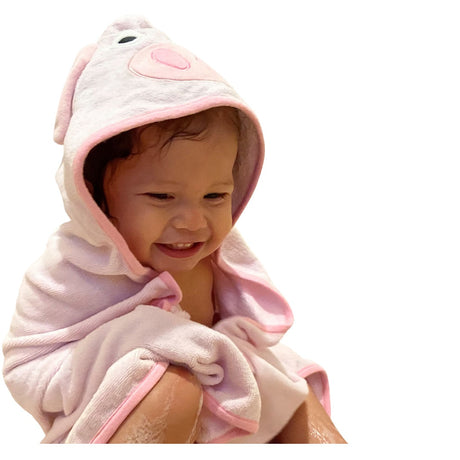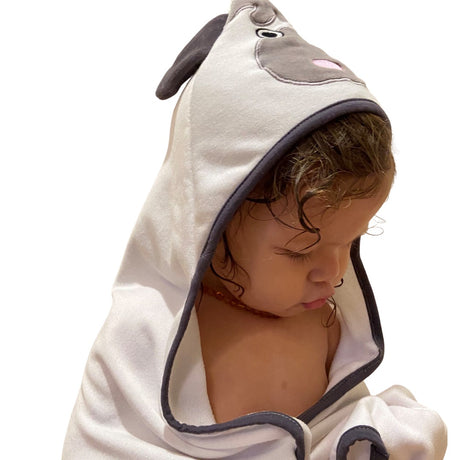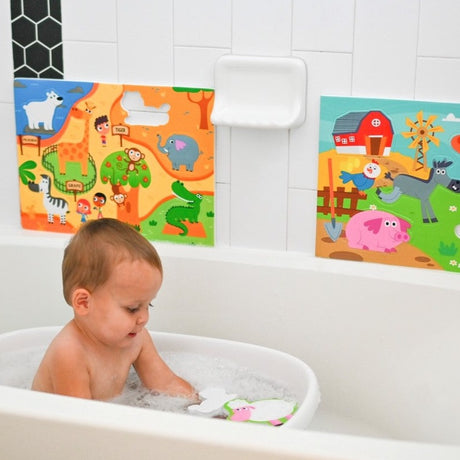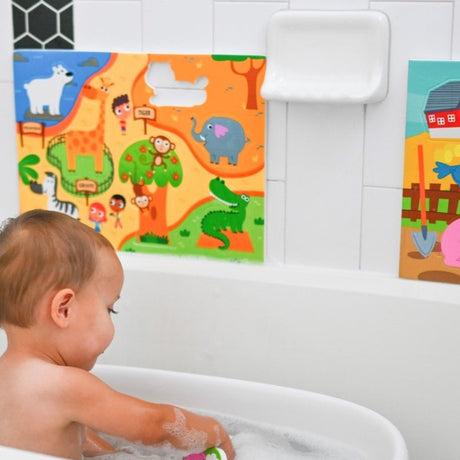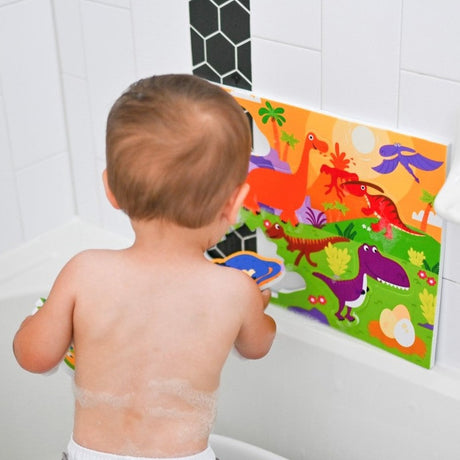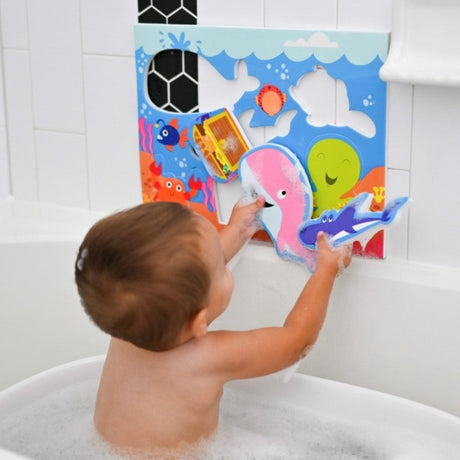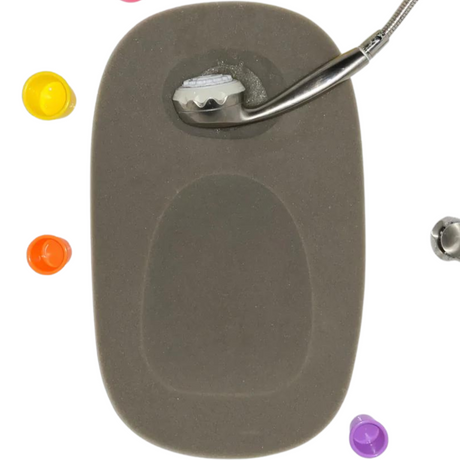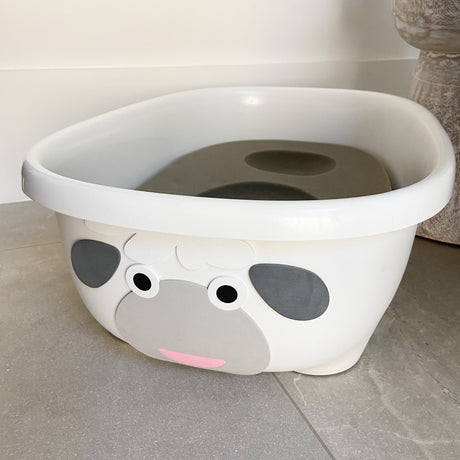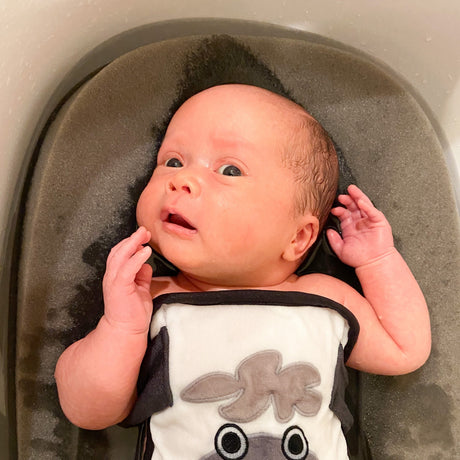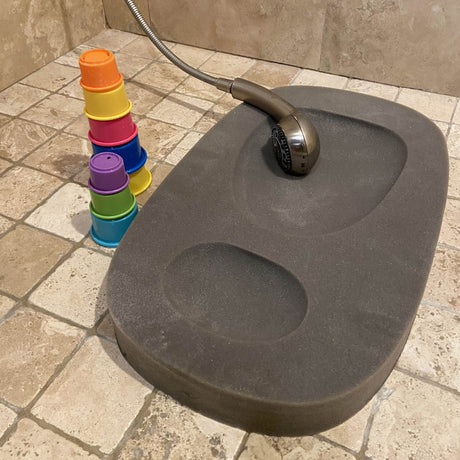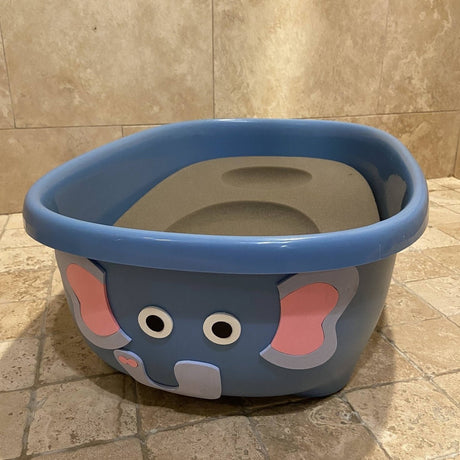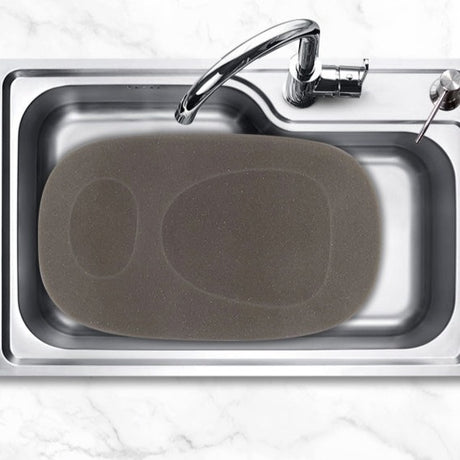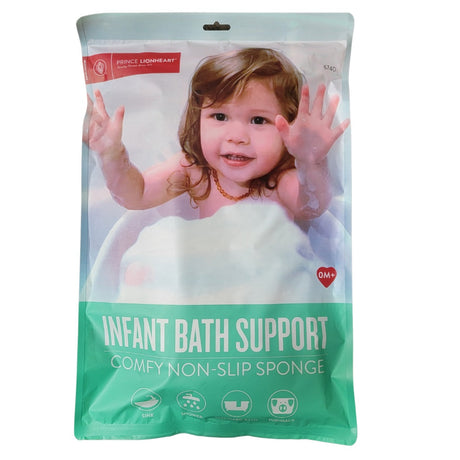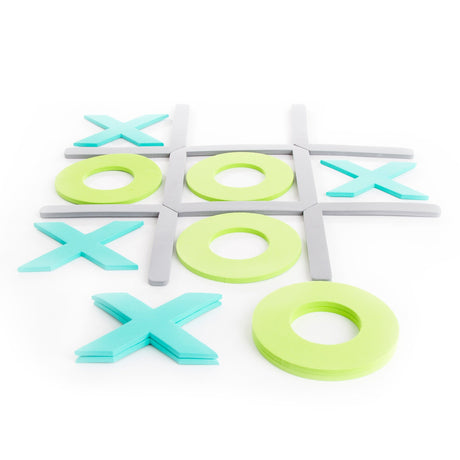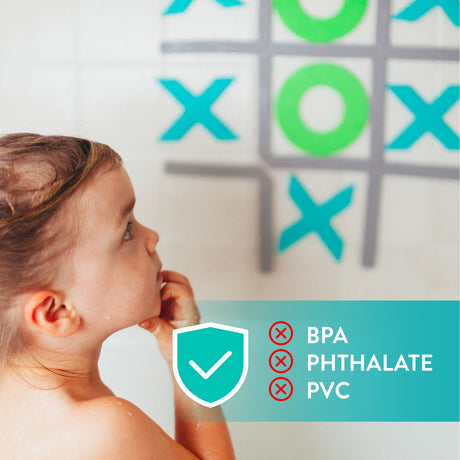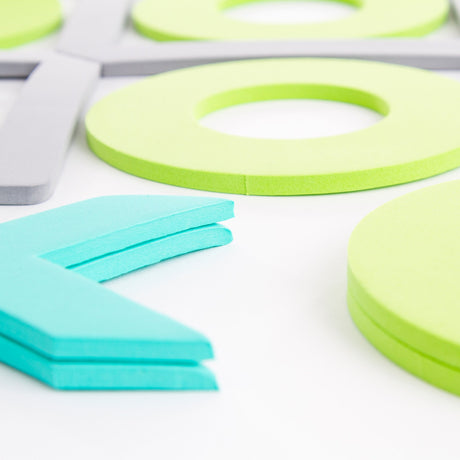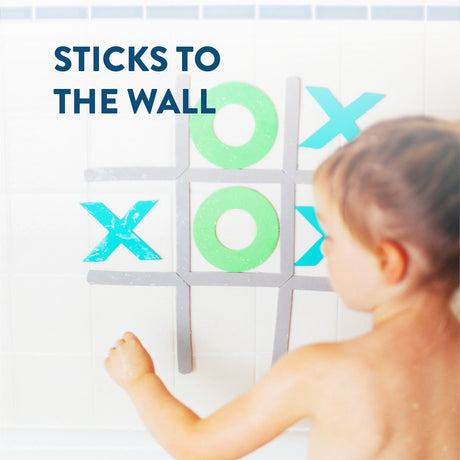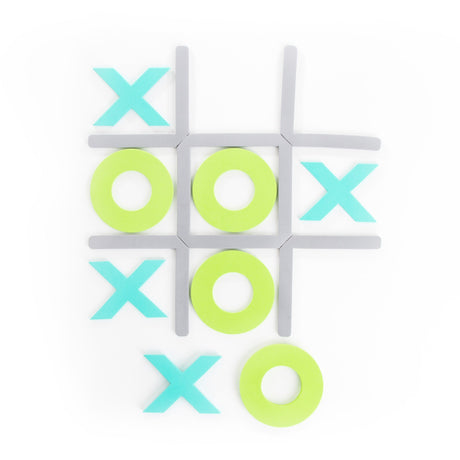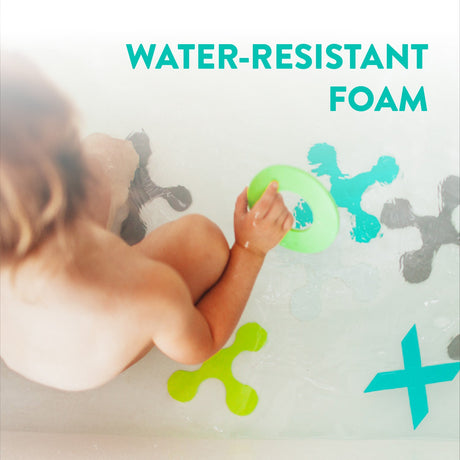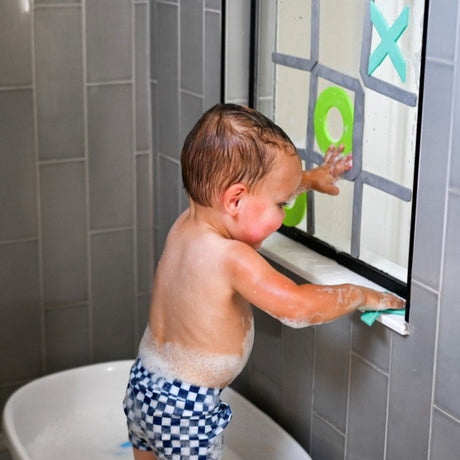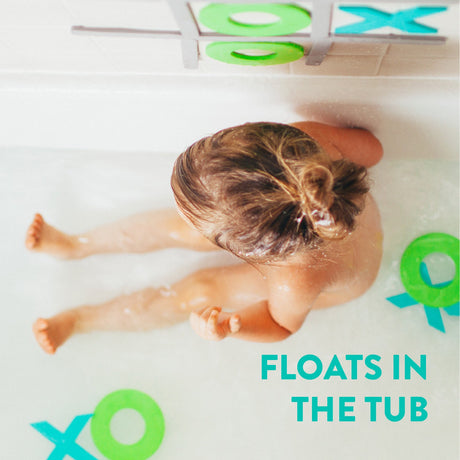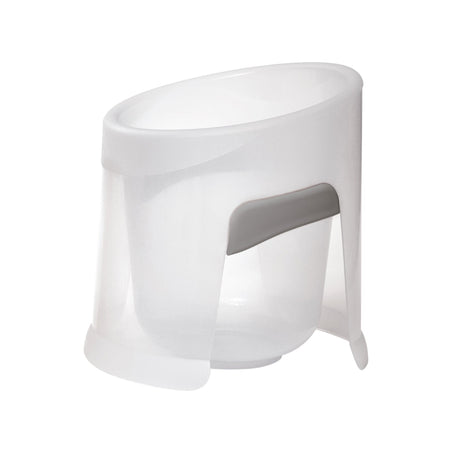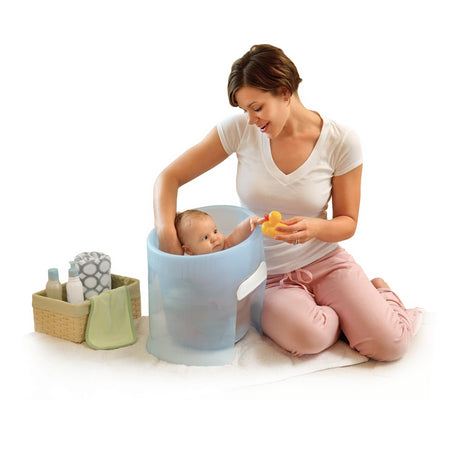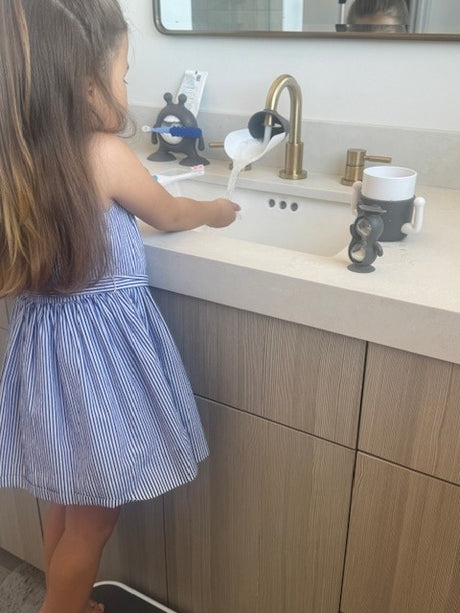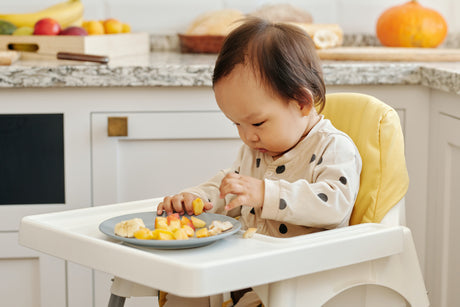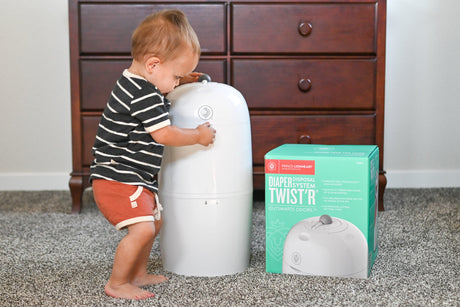Choosing the right baby furniture can be quite overwhelming for new parents. You want items that are not only adorable but also safe and durable. In this guide, we’ll take you through the key factors to consider to ensure your baby’s environment is both secure and long-lasting.
Understand Safety Standards and Certifications
Before purchasing baby furniture, familiarize yourself with the necessary safety standards. Look for certifications like JPMA (Juvenile Products Manufacturers Association) that ensure the furniture meets rigorous safety criteria.
Safety is a top priority when selecting baby furniture. The presence of certifications like ASTM International, which provides globally recognized quality and safety standards, can be an excellent indicator of a product’s reliability. These certifications often cover important aspects like structural integrity and toxic material bans, crucial for your baby’s well-being.
It’s important to remember that not all baby furniture will have the same safety features. For instance, cribs should have slats no more than 2 3⁄8 inches apart to prevent your baby’s head from getting stuck. Additionally, portable items like bassinets or play yards should have stable bases to avoid tipping over.
Evaluate the Build Quality and Materials
Opt for furniture made from high-quality, non-toxic materials. Check for sturdy construction and avoid pieces with sharp edges or small parts that could be hazardous.
Wood remains a popular choice for durable baby furniture. Hardwood varieties like oak or maple are not only long-lasting but also resistant to scratches and dents. When considering painted furniture, ensure that the paint is lead-free and has a smooth finish to avoid any potential harm to your baby. Metal furniture, although less common, can offer exceptional robustness but might need additional checks for rust and sharp edges.
The details in craftsmanship can also impact the overall safety and durability of the furniture. Look for secured joints and smooth finishes. A well-constructed piece will have reinforcements in key stress areas, ensuring stability even as your child becomes more active.
Consider the Longevity and Versatility
Choosing durable furniture that grows with your child can save both money and space. Consider cribs that convert into toddler beds or dressers that can transition into different types of storage over time.
Versatility is key when space is limited. Opt for a changing table that can later be used as a bookshelf or a miniature wardrobe. Convertible cribs are particularly useful, transforming into beds as your child grows. This not only saves you money in the long run but also reduces the need for frequent furniture replacements.
Some manufacturers offer modular systems that allow for future add-ons or adjustments. Investing in such pieces can provide flexibility for rearranging or upgrading as your child’s needs evolve. This adaptability further supports the longevity of the furniture in your home.
Review Customer Feedback and Recommendations
Reading reviews from other parents can provide invaluable insights about the furniture’s performance. Look for feedback on safety, durability, and ease of use to make an informed decision.
Join parenting forums or groups on social media platforms where firsthand experiences are shared. These communities often discuss the pros and cons of popular baby furniture brands and models, adding depth to your research. Pay particular attention to feedback regarding warranties and customer service, as these are often telling signs of a company’s trustworthiness and reliability.
Personal recommendations from friends or relatives who are also parents can be just as valuable. They might offer tips you hadn’t considered or point out potential problems with certain products. This collective wisdom can help shape your purchasing decisions and steer you toward the best options available.
Prioritize Functionality and Space Efficiency
Consider how the furniture will fit in your space and if it offers practical features. For example, cribs with built-in storage or changing tables that can be easily maneuvered may make life simpler for busy parents.
A well-planned nursery layout incorporates multifunctional furniture to maximize room space. Items like cribs with under-bed drawers or wall-mounted storage units can free up floor space, making room for play and exploration. Opt for foldable or collapsible items if your nursery space doubles as another room in your home.
When evaluating functionality, think about ease of cleaning as well. Babies can be messy, so furniture that is easy to wipe down or has removable covers can save a lot of time and effort. Integrating these practical features will not only boost the room’s efficiency but also your daily parenting routine.
Conclusion: Creating a Safe and Lasting Nursery
Selecting the right baby furniture involves careful consideration of safety features, material quality, and certifications. By following these guidelines, you can create a safe and comfortable space for your little one to grow and thrive.
